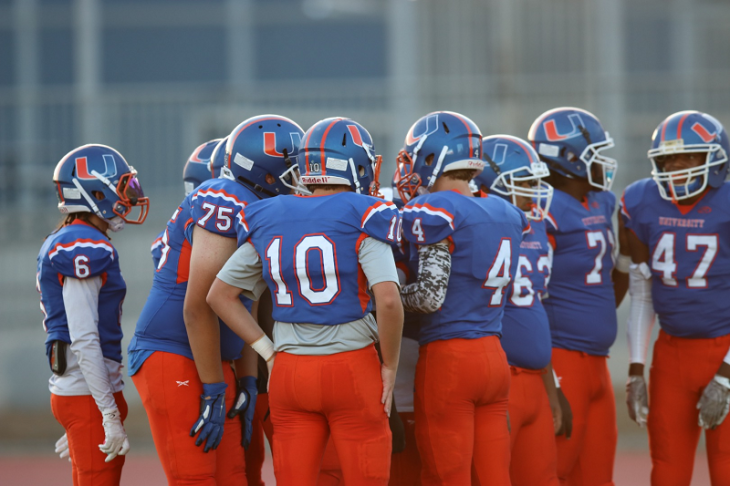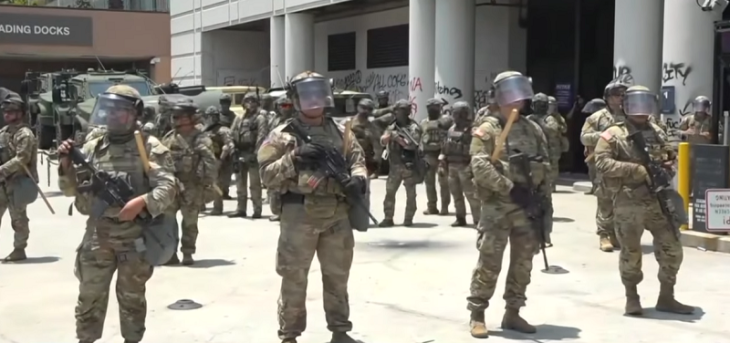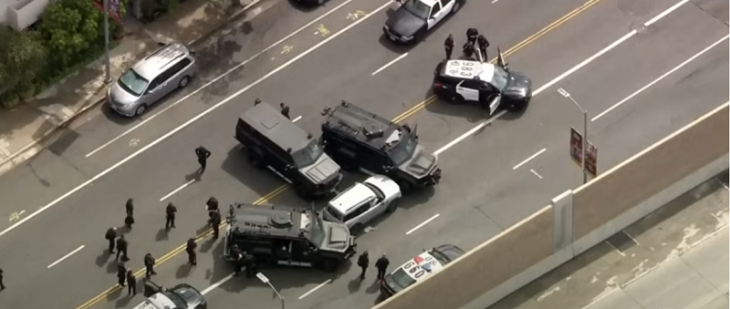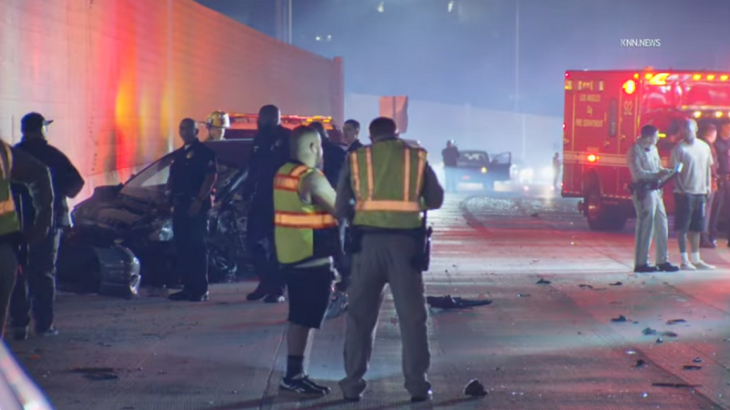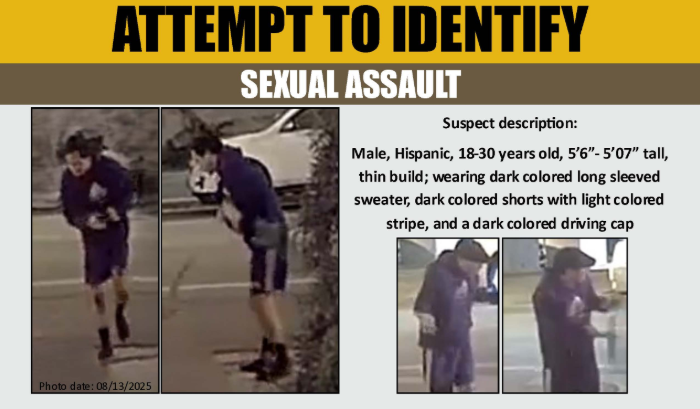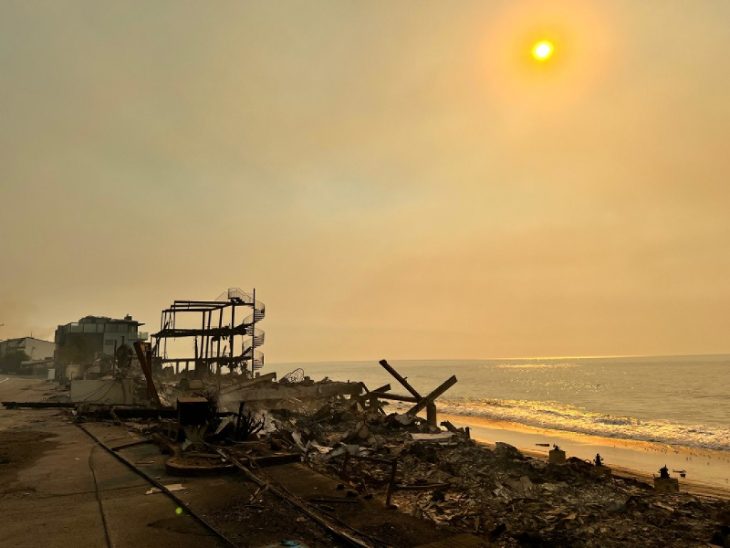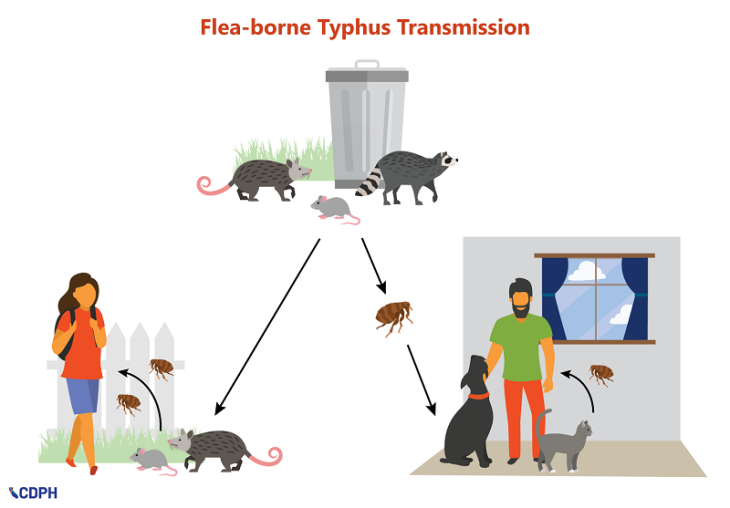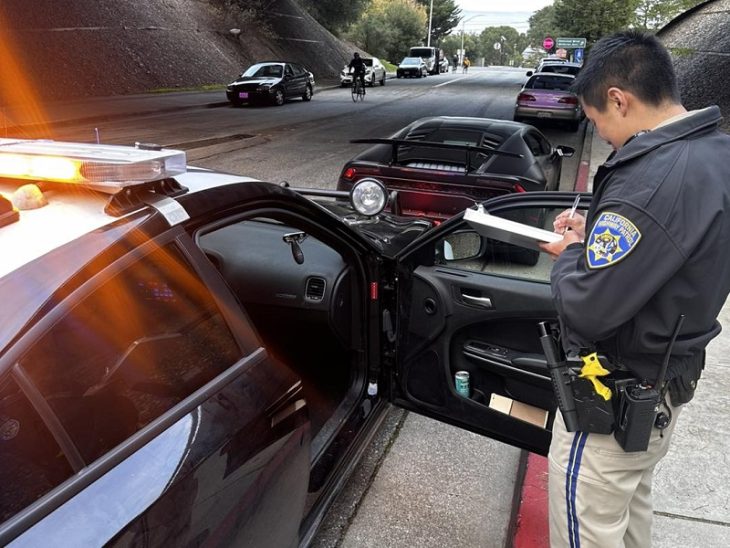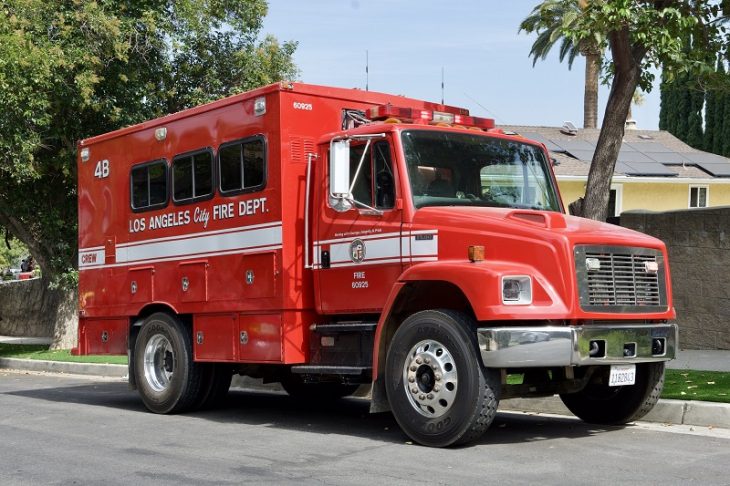City Council Transportation Committee approves LADOT speed reduction plan
By Sam Catanzaro
Reduced speed limits may be coming for several streets in the Century City-Westwood area.
Last week, the Los Angeles City Council Transportation Committee approved a proposal by the Los Angeles Department of Transportation (LADOT) to repeal and reduce speed limit increases on dozens of local streets. According to Councilmember Paul Koretz, the proposal will reduce speeds by 5 mph on over 177 miles of city streets that had previously been increased, as required by the state to ensure enforceability. The proposal comes as a result of the passage of AB 43, authored by Assemblymember Laura Friedman, which grants cities more local control of setting speed limits. The lawtook effect this year.
“I am so grateful to Assemblymember Friedman for working with us to convince the California Legislature to return discretion over local speed limits to Los Angeles and other California cities,” Koretz said.
LADOT’s proposed speed limit reductions will now go to the full City Council for approval, and if adopted, road users can expect the installation of new, reduced speed limit signs to begin one month after approval.
“We know speed kills, and traffic deaths have increased despite our investments and engineering work,” said LADOT General Manager Seleta Reynolds. “This proposal will roll back speed limits on streets in Los Angeles to common sense levels that will save lives.”
The full list of streets where speed reductions are proposed is available in this LADOT report. LADOT is recommending the following speed limit reductions in the Century City-Westwood area (with the proposed change in parentheses):
- Century Park East between Olympic Blvd. and Pico Blvd. from 40 to 35 mph;
- Deep Canyon Dr. between Mulholland Dr. and Hutton Dr. from 35 to 30 mph;
- Olympic Blvd. between Century Park East and Centinela Ave. from 40 to 35 mph;
- Overland Ave. between Coventry Pl. and Palms Blvd. from 40 to 35 mph;
- San Vicente Blvd. between Pico Blvd. and Wilshire Blvd. from 40 to 35 mph;
- Sepulveda Blvd. between City Limit n/o Ohio Avenue and Venice Blvd. from 40 to 35 mph;
- Sepulveda Blvd. between Getty Center Dr. and City Limit s/o Cashmere St. from 45 to 40 mph;
- Venice Blvd. between Cadillac Ave. and Bentley Ave. from 40 to 35 mph.
Under the new speed setting law, future reductions will be possible on streets with high rates of fatal or severe injury collisions as well as in areas with a high density of retail and commercial activity.
Prior to AB 43’s passage, California’s 85th percentile rule forced LADOT to raise speed limits on nearly 200 miles of city streets over the last several years. Under new laws the City can choose to retain a street’s existing speed limit following traffic speed studies, as long as that speed limit was established by a prior survey and no lanes have been added to the street.
“The speed of a vehicle is closely tied with the severity of a collision. A pedestrian has a 90% chance of surviving when hit by a vehicle going 20 mph and only a 10% chance of survival if a vehicle is going 40 mph. Lower speeds on streets give drivers and others more time to react to prevent a collision and reduce the severity of collisions that do occur,” reads a press release from Councilmember Koretz’s office.
The move by lawmakers comes after new data showed a sharp increase in traffic fatalites across Los Angeles. In 2015, Los Angeles Mayor Eric Garcetti launched Vision Zero, intended to eliminate traffic deaths by 2025. More than five years after the launch of this program, traffic deaths in the city are soaring, reaching their highest number in nearly 20 years.
294 people were killed in traffic collisions in 2021, LA List recently reported on Los Angeles Police Department (LAPD) data. Not only does this represent a 22 percent increase from 2020, but it is also the highest toll since 2003. Around half of those killed in these collisions were not in vehicles themselves, including 132 pedestrians and 18 cyclists.
Furthermore, 1,479 traffic crashes resulting in severe injuries occurred on LA streets in 2021, a 30 percent increase from 2020.
Traffic fatalities increased across the city in 2021, except for the LAPD Central bureau area, which includes downtown LA and Silverlake.
Overall, since Garcetti launched Vision Zero, traffic deaths in Los Angeles have increased 58 percent. Since then, traffic deaths have jumped 58%. So how did this get this bad?



